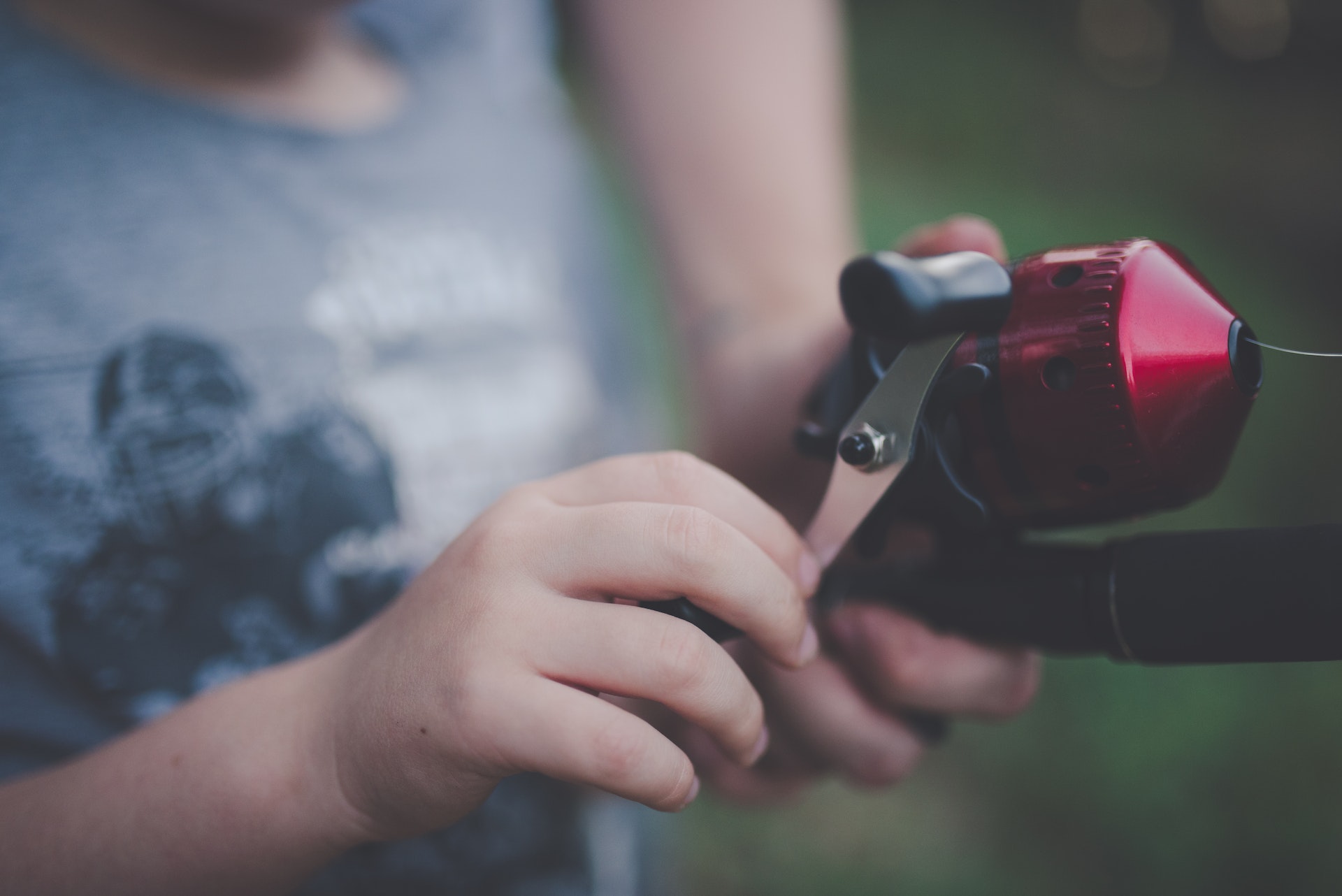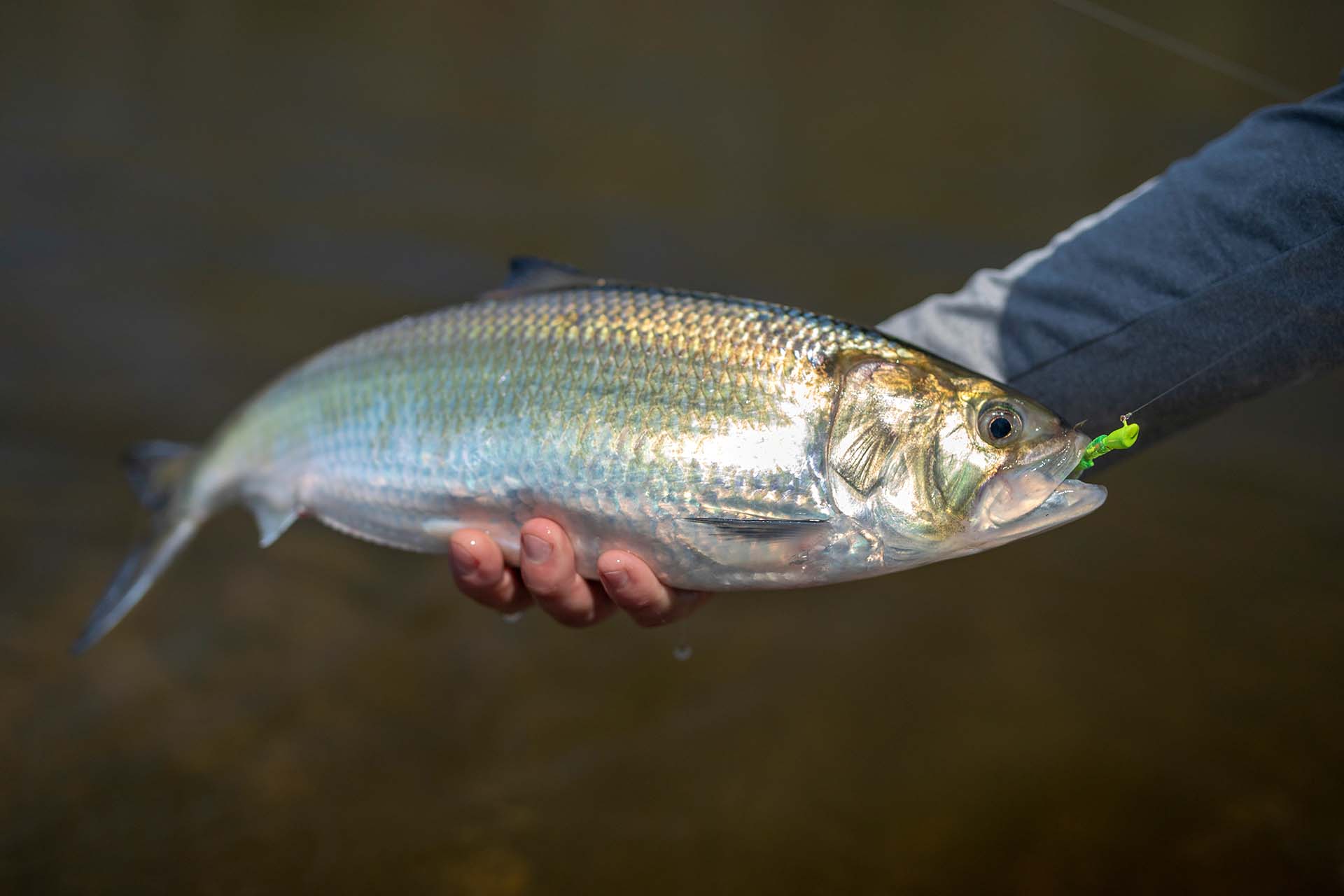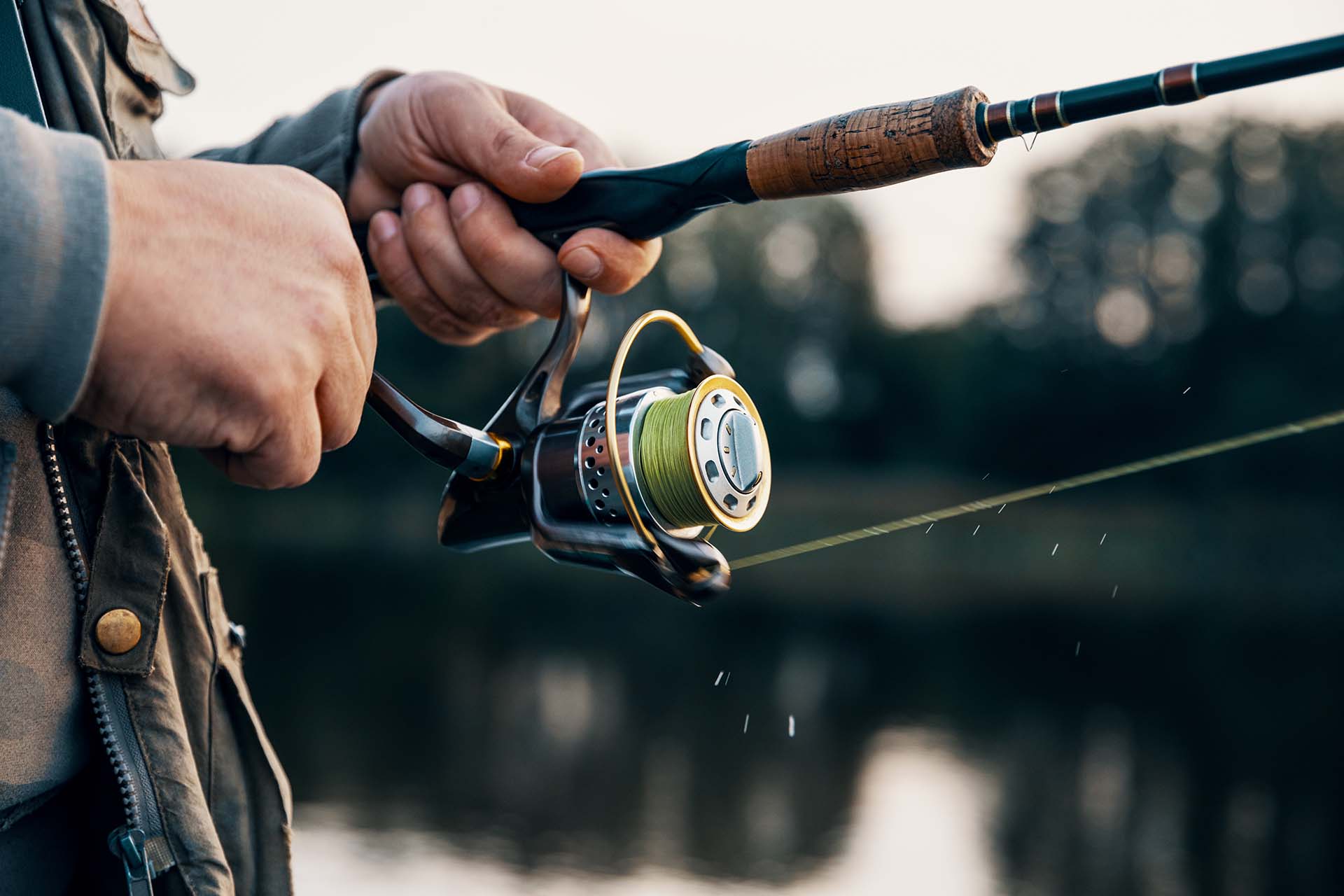Fishing is one of the most popular ways to spend your free time with friends or family in nature. Still, there’s one obstacle that often prevents people from getting serious with this hobby – when the hook needs to be removed, but you don’t know how to remove a fish hook. Luckily, this isn’t something that can’t be learned – you just need a few great tips, and I’m here to help you. Let’s take a look at the topic of unhooking.
Why Is It Important to Know How to Remove a Fish Hook?
Whether you’re going fishing alone or with a few experienced anglers, the chances are that you’ll have to remove a hook from a fish at some point. Plenty of newbies at fishing tend to avoid this step and leave unhooking to those who know what they’re doing, but don’t kid yourself – you can’t keep doing that forever! Eventually, you have to put in some effort and learn how to remove that hook.
It’s really important to understand the basics of unhooking – at least if you don’t want to find yourself with a fish hook in your finger (although it wouldn’t kill you, why spoil your fishing trip?). Be smart and avoid a trip to the emergency room by learning the simple hook removal tips I’m about to teach you.
Why Is It Important to Know How to Remove a Fish Hook?
Whether you’re going fishing alone or with a few experienced anglers, the chances are that you’ll have to remove a hook from a fish at some point. Plenty of newbies at fishing tend to avoid this step and leave unhooking to those who know what they’re doing, but don’t kid yourself – you can’t keep doing that forever! Eventually, you have to put in some effort and learn how to remove that hook.
It’s really important to understand the basics of unhooking – at least if you don’t want to find yourself with a fish hook in your finger (although it wouldn’t kill you, why spoil your fishing trip?). Be smart and avoid a trip to the emergency room by learning the simple hook removal tips I’m about to teach you.
How Quickly Can a Fish Heal From a Hook?
How does a fish react to a hook? Fortunately, better than most of us would guess – fish have amazing healing abilities and may even be able to get out the hook on their own after the line is cut. Generally speaking, holes from hooks tend to heal after eight to ten days. You must admit – that’s pretty great!
In fact, fish can even survive with a hook that remains in place. If they have swallowed it and it’s particularly difficult to remove it, some fishermen choose to leave the hook in place. This has proven to be a better solution than removing a hook with difficulties, as this tends to harm the animal more than leaving the hook as is.

Mouth Hook-Up Removal – Tips Every Angler Should Know
Although there are numerous scenarios possible when hooking the fish, let’s start with the most basic one, which is a mouth hook-up. This is surely a scenario you’re hoping for because it’s relatively simple to get the hook out without hurting anyone.
Still, I wouldn’t recommend you just wing it – remember, you want to avoid a trip to the doctor’s office. You need to be completely focused on the task at hand. Here are some tips I’ve found quite helpful during my years of fishing – and I believe that most fishermen would agree with me.
Using a Barbless Circle Hook Makes Unhooking Easier
Since you’re planning to release your catch, why not make the process easier by starting with a humane hook in the first place? Be sure to avoid J-shaped hooks because this type of hook is more likely to hurt the fish’s gills and guts and make removal impossible. Instead, use a barbless circle hook that’s shaped like a loop.
Another great option would be using soft-wire hooks – these unbend on their own as you pull them out of the fish. Of course, since they’re less solid compared to regular hooks, they will probably be less efficient – but you will get the satisfaction of knowing that you haven’t hurt a single animal.
Handle the Fish Correctly Before You Start Removing the Hook
If you exhaust the fish before returning it to the water, it’s way less likely to survive being caught. That’s why you want to make sure it’s in the water as long as possible while you reel it in. When you’re close enough to grab it, that’s when you can land it, and be sure to do that quickly. You don’t want it to flop around and fight – it’s best to avoid stress and exhaustion as much as it is possible.
You Can Unhook a Fish Under a Kilo Without Even Handling It
This is a pretty straightforward situation where all you need to do is clench the hook bend with long-nose pliers. Then, simply turn the hook so that the point will face downward and jiggle the pliers. The gravity will work in your favor and ensure the fish drops off the hook and finds its way back to the safety of the water.
Don't Hang Larger Fish by Their Weight
If the fish is over a kilo, you don’t want to unhook it while it’s hanging, as this can severely damage its flesh. Instead, place it on a smooth and wet surface. I often suggest getting a fine-meshed net for this purpose because this kind of net retains a little bit of water, so the fish will be calm while you unhook it.
When you have everything set, the steps to remove the hook are essentially the same as when we’re dealing with smaller fish. This time, you’ll be using the fish’s own weight to your advantage when you’re jiggling those long-nose pliers to get rid of the hook.
Bonus Tip - Be Gentle if Hook-Ups Occur in Sensitive Areas Instead of a Mouth
When I say sensitive areas, it’s usually the gills or eyes we’re dealing with. In this case, you have to be very gentle when you’re removing the hook. An additional step you can take here is to crush the barb with your pliers – if you’re using hooks with barb, of course.
What If a Fish Has Swallowed the Hook?
If you find yourself in an unfortunate position to unhook a gut-hooked fish, your first instinct will probably be to yank it out as quickly as you can. But let me tell you this – it’s the worst thing you can do for that fish. Now, it’s important to know that you shouldn’t start panicking. This isn’t anything uncommon or serious, and you can easily deal with it if you know your craft. It’s not all lost if you’ve run into a fish with a really strong bite, don’t worry.
Yes, You Can Remove the Hook From the Throat
I’ve mentioned that fish are quite resilient, and a hook in the gullet isn’t the end of the world for them. Plus, you will be happy to hear that your favorite hook can be saved as well. So, what do you need to perform this hook removal? Well, steady hands are the most important thing, but you’ll also need needle-nose pliers.
You have to keep the fish wet and make sure that your hands are wet as well so you don’t damage their protective slime (fish’s slime tends to stick to dry hands, which makes the animal less likely to survive after being released). Next up, open the mouth of the fish and examine – you need to figure out on what side the hook shank is turned. Then you need to reach with your fingers through the last gill arch on the side where the hook shank is pointed to.
Manipulate the hook eye so that you can turn the hook. Your goal is to roll out the hook below the gill and point it toward the side while the barb gets freed from the gullet. Lastly, you have to lift the hook bend up and out of the mouth, either with hands or needle-nose pliers (I recommend pliers, just in case).
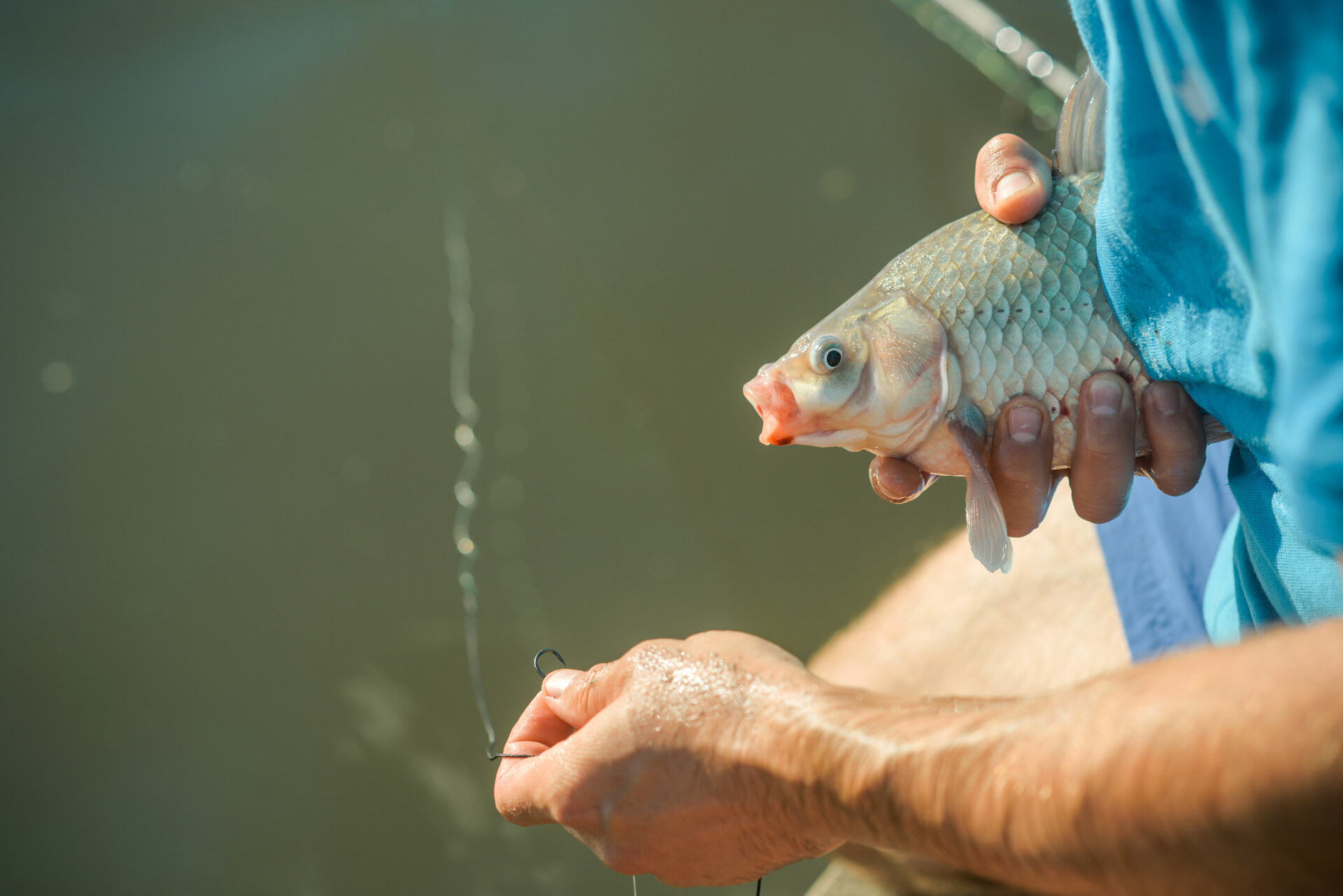
What Can You Do to Avoid Swallowed Hooks?
While nothing can guarantee you 100% that the fish you catch won’t swallow the hook, there are certain tips fishermen have found to be helpful for avoiding this situation. I’ve listed them below, so take a look – you can spare the fish from unnecessary stress and pain.
- To keep the hook somewhere shallow, hurry to set it quickly right as soon as you feel the bite.
- Stay focused and try to hook the bite right away.
- Drifting instead of anchoring can decrease the chances of a swallowed hook.
- Opt for high-quality rods, which have better sensitivity.
- Pick bigger hooks that are hard to swallow or barbless ones that are less likely to hurt the fish. Avoid treble hooks if possible.
- If you find it necessary to cut the line, make sure you do that by cutting it as short as possible so that the fish has the highest chance of survival in these conditions.
What About Removing the Hook From Your Finger? Prepare Yourself for This Possible Accident
Having a hook stuck in your finger isn’t something that only happens to beginners. Trust me – it happens to all of us. You could be tired, or maybe you’re trying a new style of fishing and are a bit distracted. Either way, the first step would be examining the wound – if the cut is close to the surface, you will likely be able to remove the hook on your own.
On the other hand, if it’s deeper, you should rush to the nearest emergency room and let professionals deal with it. The same goes for situations where a hook is stuck near or in your eye – you need a doctor immediately!
But let’s not be pessimistic and say that the hook is in your finger, and it seems like it would be an easy removal. How to get it out? There are many techniques, but the one I often recommend is the most common. It’s called the stream method or fish line method. Some also call it the sting-yank technique – you’re getting the idea of what it’s about, right?
First up, remove any gear adjacent to the hook. Wash your hands and apply disinfectant to both hands and the hook (remove any dirt from the hook before, of course). Then you’ll need to make a loop out of the fishing line, put it over the hook’s eye, and later to the upper part of the bend (never to the back of the bend!). Next up – quickly yank, and the hook will be out. The wound should be cleaned with an antiseptic solution, and bandages need to be put on.
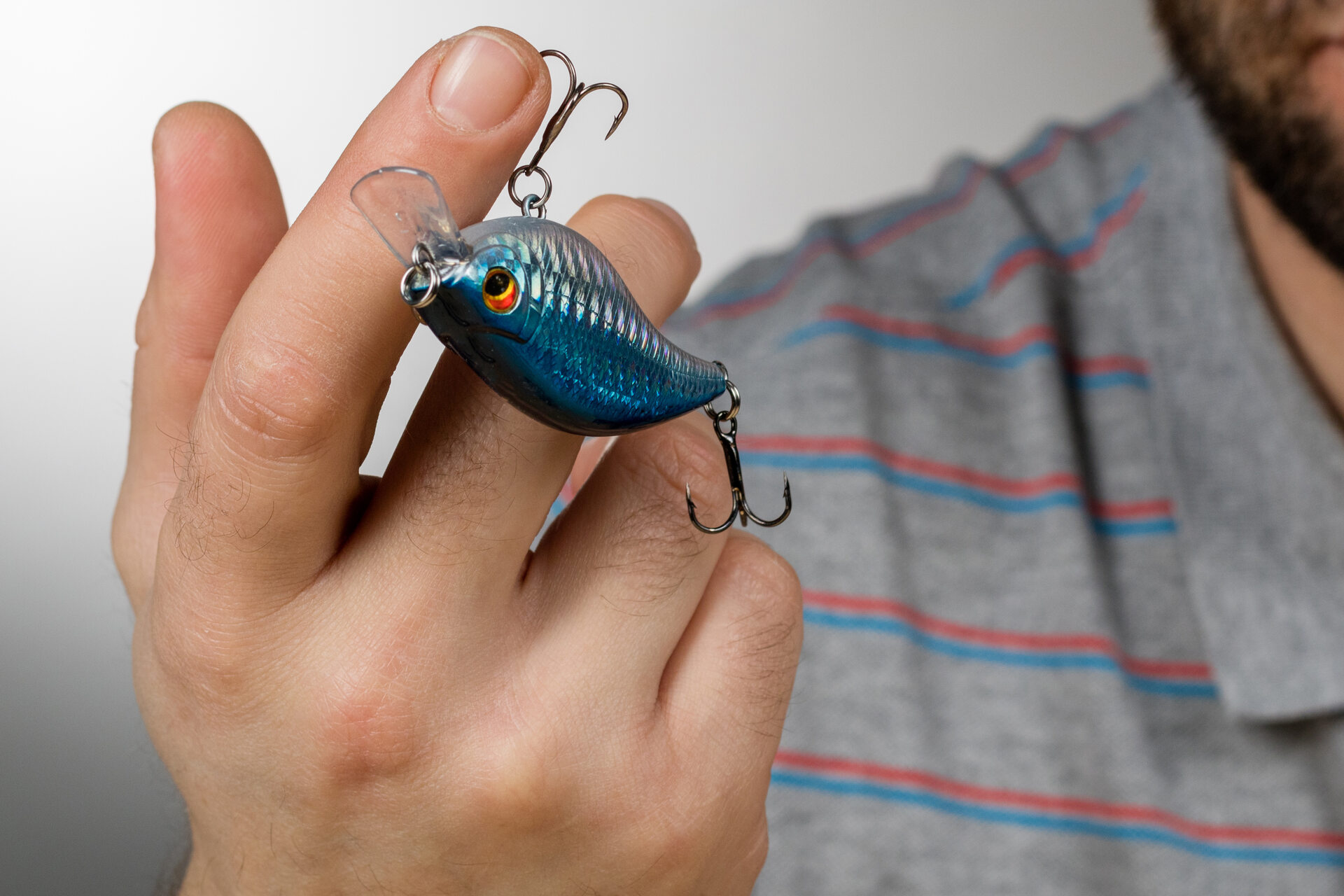
Practice Makes Perfect, But Preparation Is Also Necessary
It’s reasonable to assume that not everything will work out perfectly the first time you try to unhook the fish, but you have to go easy on yourself. No one was born with all of these abilities, and practice indeed makes perfect. What’s important is that you took the time to learn how to remove a hook from a fish, and you will be ready to implement what you’ve learned on your next fishing trip!


